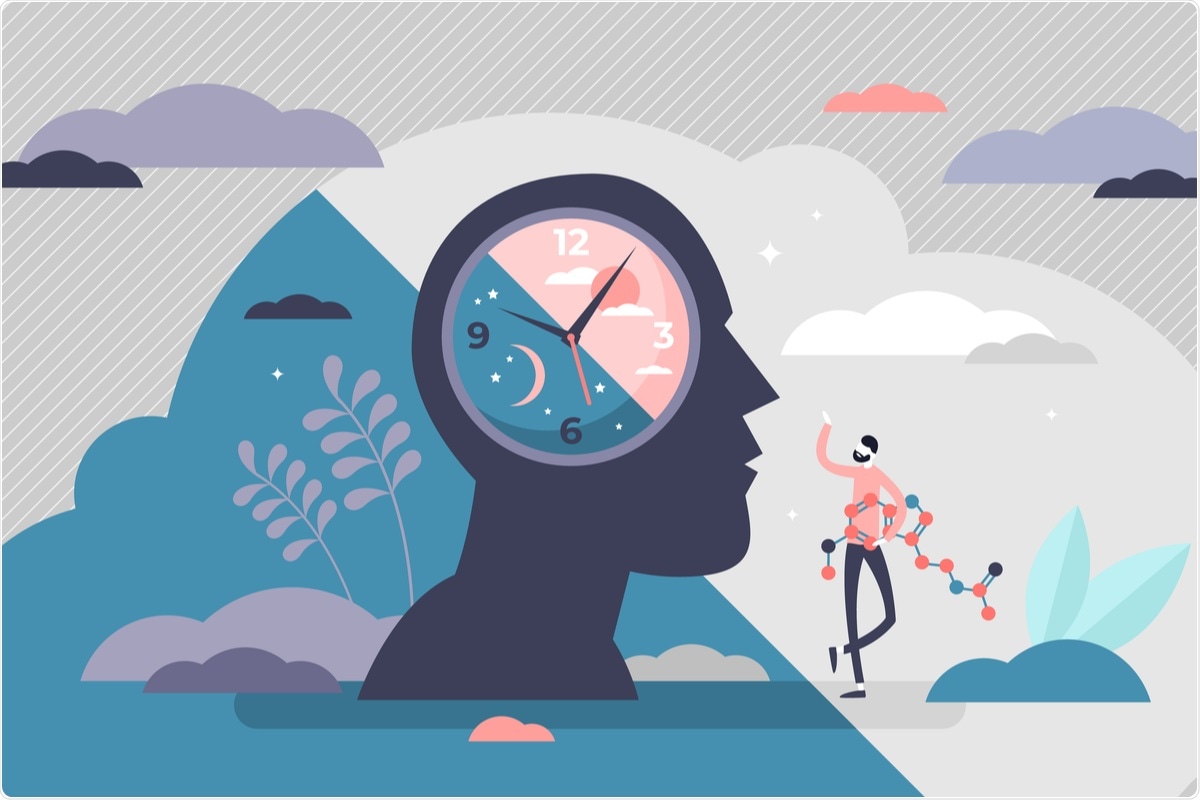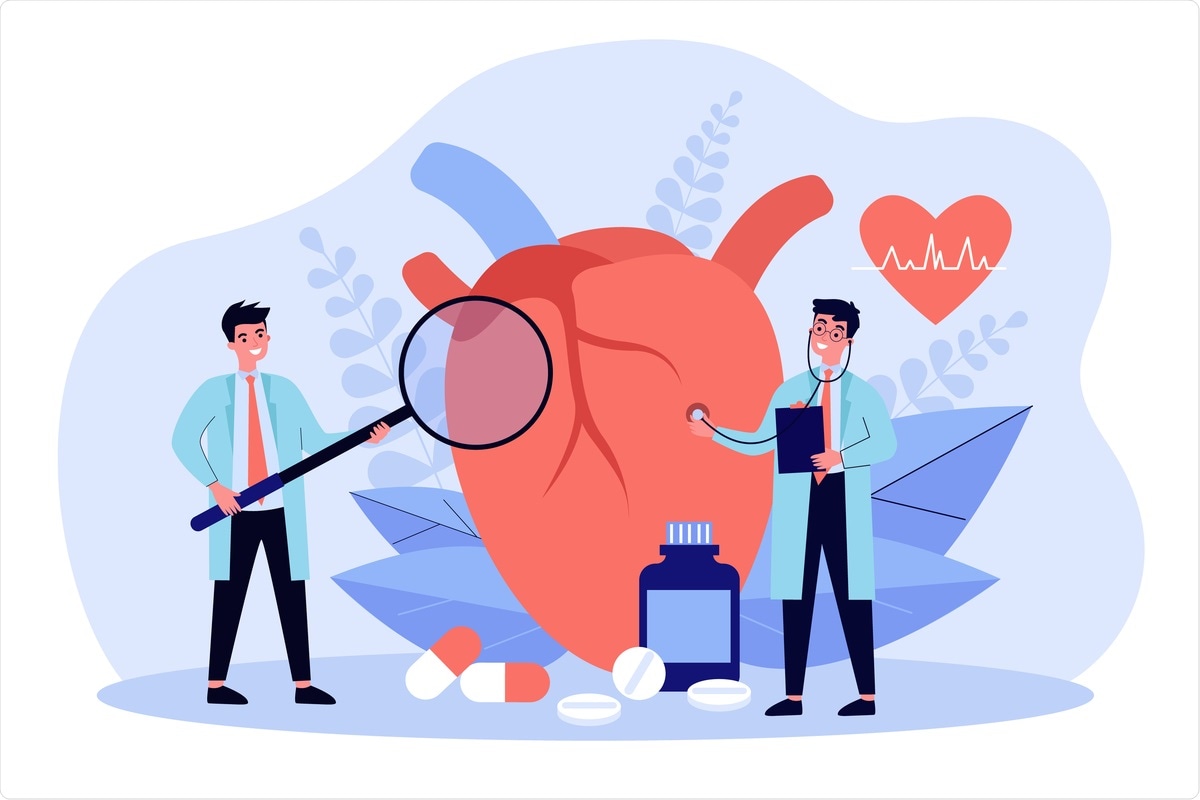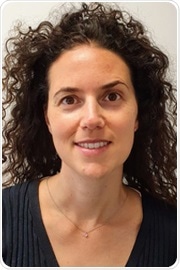My name is Alessandra Stangherlin, and I have a long-standing interest in cellular circadian rhythms. I devoted the last five years of my career to studying how osmotic homeostasis is maintained during the circadian cycle.
Early observations showed that the abundance of soluble cytosolic protein has a circadian rhythm, with a 20% change. If not counterbalanced, such change in the intracellular amount of macromolecules could affect the osmotic potential of the cytosol, triggering the compensatory movement of water, with negative consequences for cell viability.
I found that mammalian cells import and export Na, K, and Cl with a 24 hours rhythm to compensate for the changes in cytosolic protein. This homeostatic control mechanism allows the cells to keep a constant cell volume and to preserve cell viability. In cardiomyocytes, the variation in ion content confers an intrinsic daily rhythm in firing rate.
What is meant by the term 'circadian rhythm'?
The adjective "circadian" derives from the Latin words "circa" (about) and "dies" (day). A circadian rhythm is a behavioral, physiological, or cellular phenomenon that repeats every 24 hours. Circadian rhythms allow for synchronizing an organism's physiology to the outside world and the anticipation of daily environmental changes in light, temperature, and food availability.
Many aspects of human physiology have a circadian nature, such as the sleep/wake cycle, the release of several hormones, and cellular metabolism. Very importantly, although they can be synchronized via external inputs, circadian rhythms are self-sustained and occur even in the absence of external time-giving cues.
 Image Credit: VectorMine/Shuuterstock.com
Image Credit: VectorMine/Shuuterstock.com
Previously, how did we believe the cardiac circadian rhythm operated?
Circadian rhythms in heart rate have been known for decades. In healthy individuals, heart rate increases in the morning and decreases during the night. Until recently, the circadian regulation of heart rate was mainly attributed to non-cell autonomous mechanisms governed by the central clock situated in the brain via sympathetic and parasympathetic modulation.
However, the contribution of cellular clocks has never been investigated. We now show that a cell-autonomous clock within cardiomyocytes regulates heart rate independently of the central nervous system and systemic cues. Indeed, action potential firing rate changes between day and night in isolated cardiomyocytes in culture. More importantly, we found that the daily variation in HR persists in vivo under autonomic blockade.
We also believed that the cellular ion concentrations involved in circadian rhythm were fairly constant. Why has your research contradicted this theory and how do these levels actually vary?
We have all learned from textbooks that the intracellular concentration of Na is about 10 mM, the concentration of K is about 140 mM, and we generally assumed that they remain fairly constant. We were surprised by our results, which showed that the intracellular concentration of many ions changes during the day by about 20-30%.
Our model suggests that the net import and export of Na, K, and Cl changes during the circadian cycle leading to changes in the intracellular concentration of these ions. We have identified the SLC12A family of cotransporters as important players in this process, but we do not exclude that other transporters such as VRAC may also play a role.
Can you describe how you carried out your latest research into circadian rhythms?
We employed various state-of-the-art techniques, from live-cell microscopy and tracking of quantum dots to assess cytosolic crowding to microelectrode array technology to measure action potential firing rate. The key to discovering ion rhythms was using an analytical technique called inductively coupled plasma mass spectrometry (ICP-MS). This technique can be used to determine the elemental composition of a sample with a high degree of sensitivity and specificity and overcomes the disadvantages of the current colorimetric assays and electrophysiological methods.
How has this changed the way we think of the cardiac circadian rhythm?
This work has further confirmed the importance of cellular circadian rhythms in regulating basic cell functions and heart physiology. The 24 hour rhythm in Na, K, and Cl abundance we have described has an important physiological implication, as it affects the electrochemical gradient of these ions across the plasma membrane. In cardiomyocytes, this modulates the depolarization phase of the action potential, leading to increased firing rate when intracellular ions are high (end of the night) and a decrease in action potential firing rate when ions are low (end of the day).
Negative cardiovascular events such as stroke, myocardial infarction, and sudden cardiac death occur with a higher incidence in the morning, but the underlying causes are unknown. Our data suggest that any impairment of the buffering mechanism we have described could render the heart more vulnerable to stress in the morning when a change in demand is required.
How can you see your research influencing future treatment options for cardiovascular conditions?
Future treatments could involve pharmacological or behavioral treatments to sustain our circadian rhythms. For example, maintaining a healthy daily routine, which includes keeping the same sleep pattern, avoiding bright light before bedtime, and avoiding eating during the night, could help keep our body clocks in synchrony.
 Image Credit: BRO.vector/Shutterstock.com
Image Credit: BRO.vector/Shutterstock.com
Your research has also helped to explain why shift workers are more vulnerable to heart problems. What preventative measures can those who do shift work take?
Our work and others suggest that shift workers become more vulnerable to heart problems because of a mismatch between the brain clock and the heart clocks. The brain clock is very sensitive to environmental light, and therefore one needs to be very careful with light exposure.
There are different strategies that night shift workers could put in place to synchronize their body clocks to the new schedule. Most of these rely on adopting a regular sleep and light routine in line with their chronotype (i.e., night owls might prefer to go to bed straight after their shift). When sleeping during the day, it is important to get at least seven hours of sleep. Pay attention to the quality of sleep (use a comfortable bed, sleep in a dark and quiet room), and avoid consuming alcohol and caffeine in the few hours before going to bed, which can reduce the quality of sleep.
What are the implications of this research on the relationship between heart health and sleep?
Studies suggest that there is an interaction between circadian and sleep-wake–dependent processes on heart rate. Indeed, the timed release of hormones such as cortisol and melatonin, regulated by the central clock in the brain and light exposure, modulates our sleep/wake cycle. Maintaining a regular sleep schedule and a correct light exposure pattern is thought to be critical to keeping our clocks in synchrony and is very likely beneficial for heart health.
Collaboration has been a huge part of your research. How important was this level of collaboration and do you believe that if more researchers collaborated together, more scientific discoveries could be made?
Our work was supported by a long-standing collaboration with many academic collaborators and AstraZeneca and was highly multidisciplinary. We used a wide array of techniques, which has only been possible thanks to the unique expertise of our colleagues. Having a good network of colleagues and collaborators is fundamental to expanding with confidence and supporting the range of experiments one can carry out.
What are the next steps for you and your research into circadian rhythms?
Next, I would like to investigate ion rhythms at the subcellular resolution and study whether these rhythms are impaired during aging.
Where can readers find more information?
About Dr. Alessandra Stangherli
I obtained a Master's degree in Pharmaceutical Biotechnology and a Ph.D. in Cellular Biology from the University of Padova, Italy.  During my Ph.D., I focused on the regulation of cAMP and cGMP signaling and their role in cardiomyocyte contraction. In 2016, I joined the laboratory of Dr. John O'Neill at the Laboratory of Molecular Biology (LMB) in Cambridge, UK, as a research associate to study how cellular circadian clocks regulate cellular physiology. I am currently a principal investigator at CECAD, Cologne, where I will study the mechanisms of regulation of ion homeostasis during aging.
During my Ph.D., I focused on the regulation of cAMP and cGMP signaling and their role in cardiomyocyte contraction. In 2016, I joined the laboratory of Dr. John O'Neill at the Laboratory of Molecular Biology (LMB) in Cambridge, UK, as a research associate to study how cellular circadian clocks regulate cellular physiology. I am currently a principal investigator at CECAD, Cologne, where I will study the mechanisms of regulation of ion homeostasis during aging.